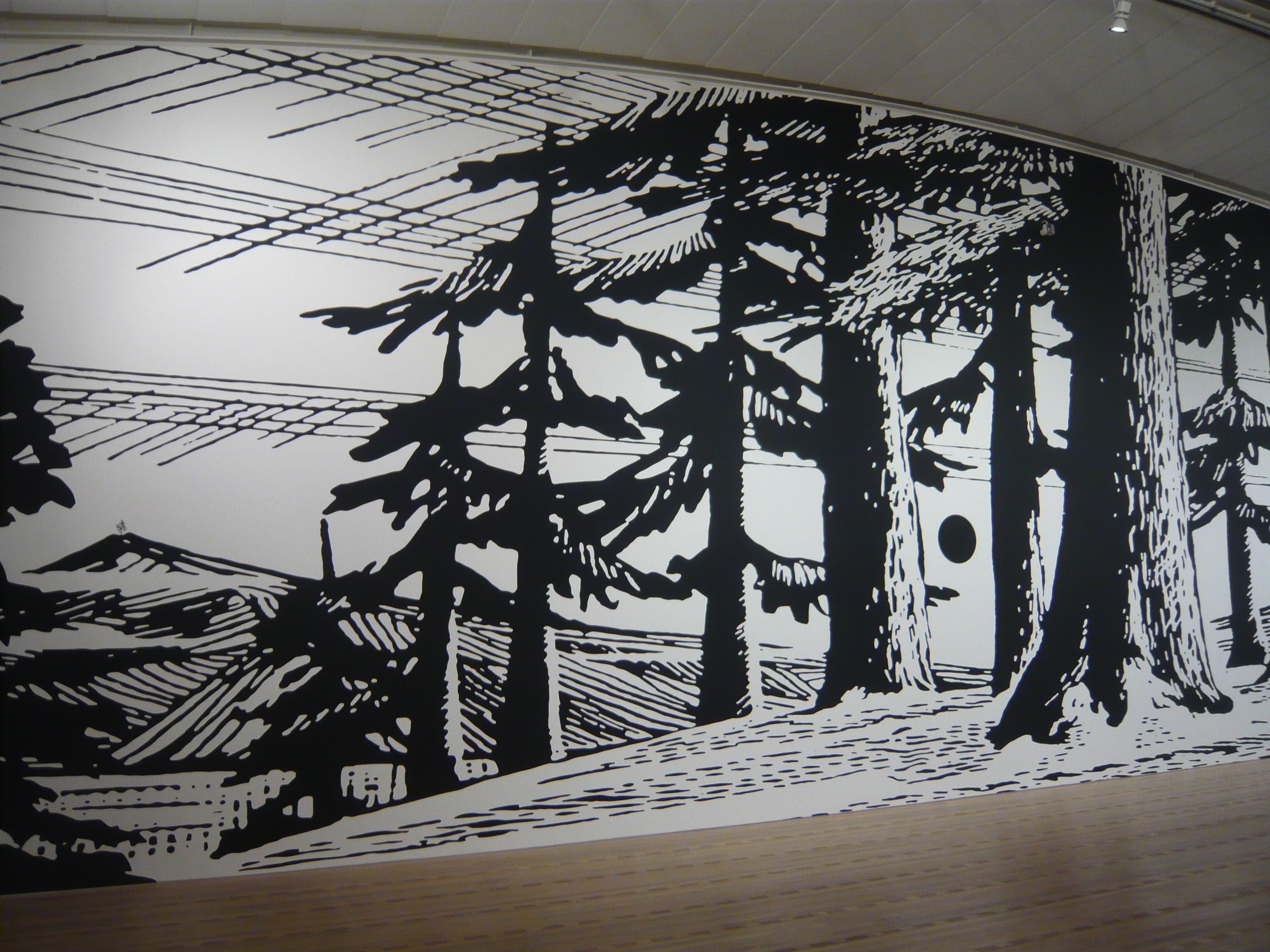Report of the 1st NRP 66-Workshop on wood-based bio-refineries in Switzerland

Are wood-based bio-refineries the way forward for Switzerland? If yes, what type of wood should be used in which regions and what products should be aimed at? And if implemented, which technical, political, economic and fiscal adjustments would be necessary?
These are some of the questions explored by three dozen experts from research, industry and public offices on 10 December 2015. Organised by the dialogue platform "Novel ways in bio-refining of wood" of NRP 66, the workshop took place at the Zentrum Paul Klee in Bern, whose exhibition "About trees" closed its doors at the end of January 2016. Bio-refineries allow wood to be used with the highest possible resource efficiency, while respecting the principles of sustainable development. This is achieved by combining various processes to transform biomass into chemicals, fuels and energy without creating much waste. From a technical point of view there are no limits to using lignocellulosic biomass, and Swiss forests hold (at least theoretically) sufficient raw material. But not everything that is doable makes sense – a point that became clear at the workshop. Only products and technologies with a high added value offer interesting prospects in Switzerland, provided there is a market for them in the first place. In addition, it needs to be clarified which types of wood from which areas are best suited to biochemical uses or to producing energy. The key question as to which drivers and conditions are necessary for the development of wood-based bio-refineries in Switzerland could not be answered conclusively by the end of the event. Further debates will take place at the second workshop of the dialogue platform related to bio-refineries. It will take place on February 2016 at the Bern University of Applied Sciences in Zollikofen
- Workshop report by Pieter Poldervaart (PDF, in German) (PDF)
- Presentation WS 1 (PDF, in English) (PDF)Presentation WS 1 (chemical use) (PDF, in English) (PDF)Presentation Biollaz (PDF, in English) (PDF)Presentation Hora (PDF, in English) (PDF)Presentation Maréchal (PDF, in English) (PDF)Presentation Patel (PDF, in English) (PDF)Presentation Rhyner (PDF, in German) (PDF)Presentation Rohr / Pielhop (PDF, in English) (PDF)
- Programme (PDF) (PDF)
